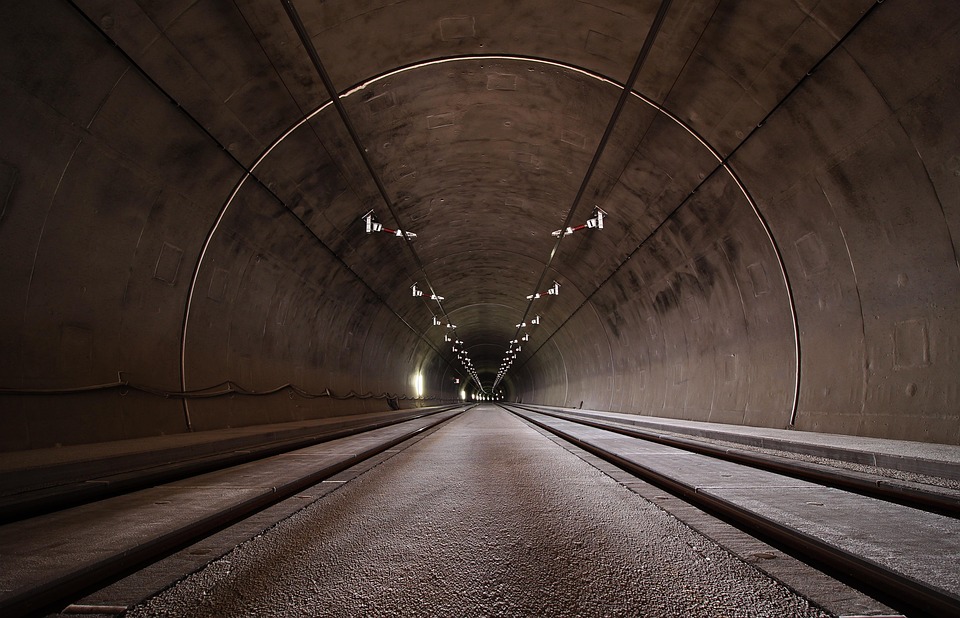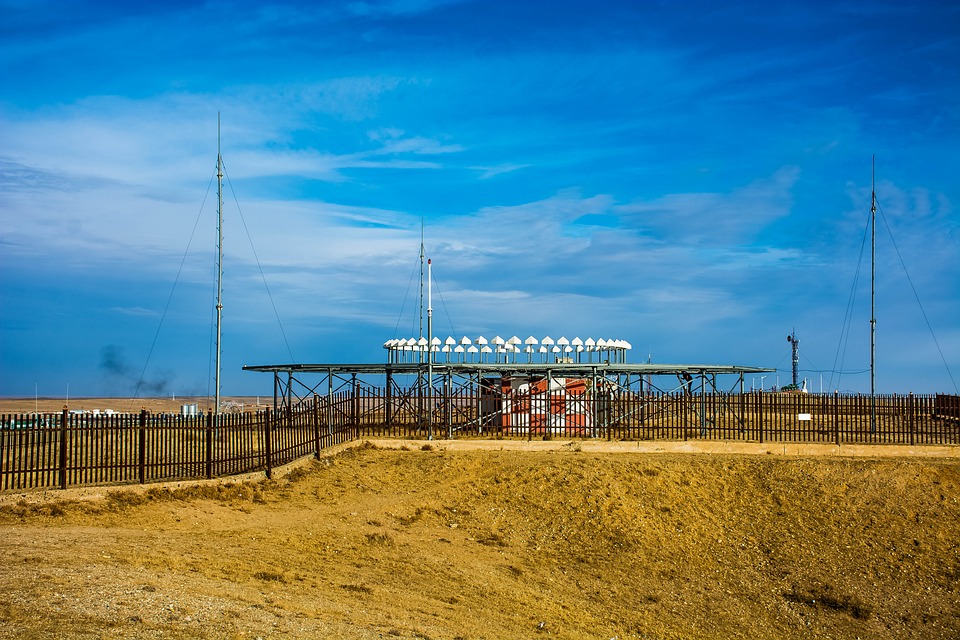
On this Page
On the Same Topic

Navigating the World of Hard Money Bridge Loans: What You Need to Know

Navigating the Ins and Outs of Buying a House with a Bridge Loan

Understanding Bridge Loan LTV: What You Need to Know
What You Need to Know About Bridge Loans Until Your House Sells
Bridge loans are a useful tool for homeowners who want to buy a new home before selling their current one. This type of loan allows you to borrow against the equity in your current home to cover the down payment or purchase price of a new property. Below is a comprehensive guide to bridge loans until your house sells.
What is a Bridge Loan?
A bridge loan is a short-term loan that lets homeowners access the equity in their current home to purchase a new property. The loan is typically secured by the equity in the existing home and is paid off once the home sells. Bridge loans are commonly used by homeowners who need to move into a new home quickly or in a competitive market.
How Does a Bridge Loan Work?
When applying for a bridge loan, the lender will evaluate the equity in your current home and your ability to repay the loan. If approved, you’ll get a loan to cover the down payment or purchase price of a new home. Bridge loans usually have higher interest rates and must be paid off once your current home sells.
Pros and Cons of Bridge Loans
Pros:
- Access to equity in current home
- Ability to purchase a new home quickly
- Competitive advantage in a hot market
Cons:
- Higher interest rates
- Shorter loan terms
- Risk of owning two properties simultaneously
How to Qualify for a Bridge Loan
To qualify for a bridge loan, you need enough equity in your current home to cover the down payment or purchase price of the new property. You also must have a good credit score and stable income to show you can repay the loan. Some lenders may require a signed purchase agreement on your current home to qualify.
FAQs
1. How long do bridge loans typically last?
Bridge loans are short-term, usually lasting from a few months to a year. The loan term depends on the expected sale date of your current home, so have a clear timeline in mind when applying.
2. Can I use a bridge loan for renovations on my current home?
Bridge loans are intended for purchasing a new home, not renovations on your current home. Some lenders may allow you to use the loan for related renovations like staging or minor repairs.
3. What happens if my current home doesn’t sell before the bridge loan is due?
If your current home doesn’t sell before the loan is due, you may be able to extend the term or refinance. This depends on the lender and your financial situation, so have a plan in case of delays.
4. Can I use a bridge loan to purchase a second home for vacation or investment?
Bridge loans are mainly for primary residences, not second homes or investments. Some lenders may allow it, but eligibility requirements may be stricter.
5. How can I find a reputable lender for a bridge loan?
Research and compare multiple lenders to find the best rates and terms. Ask for recommendations from your real estate agent or mortgage broker for lenders who offer bridge loans.
Overall, bridge loans can be a helpful tool for homeowners looking to buy a new home before selling their current one. Understanding how they work, along with the pros and cons, can help you decide if a bridge loan is right for you.